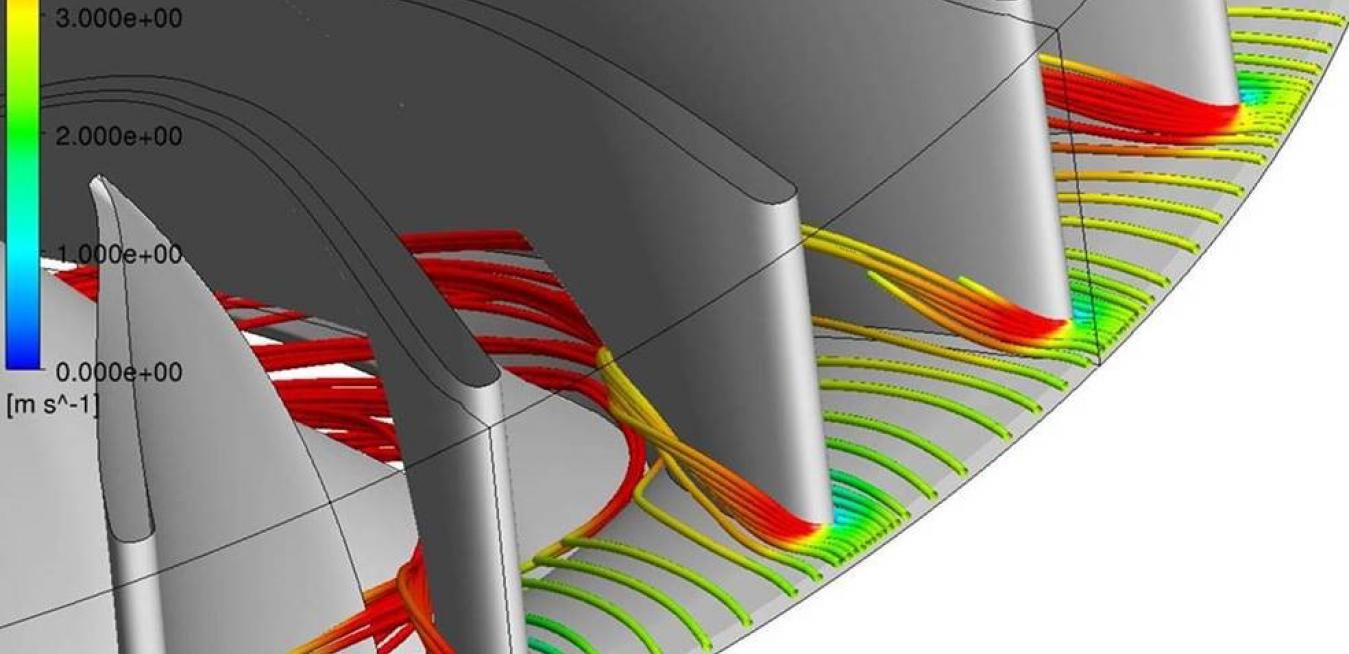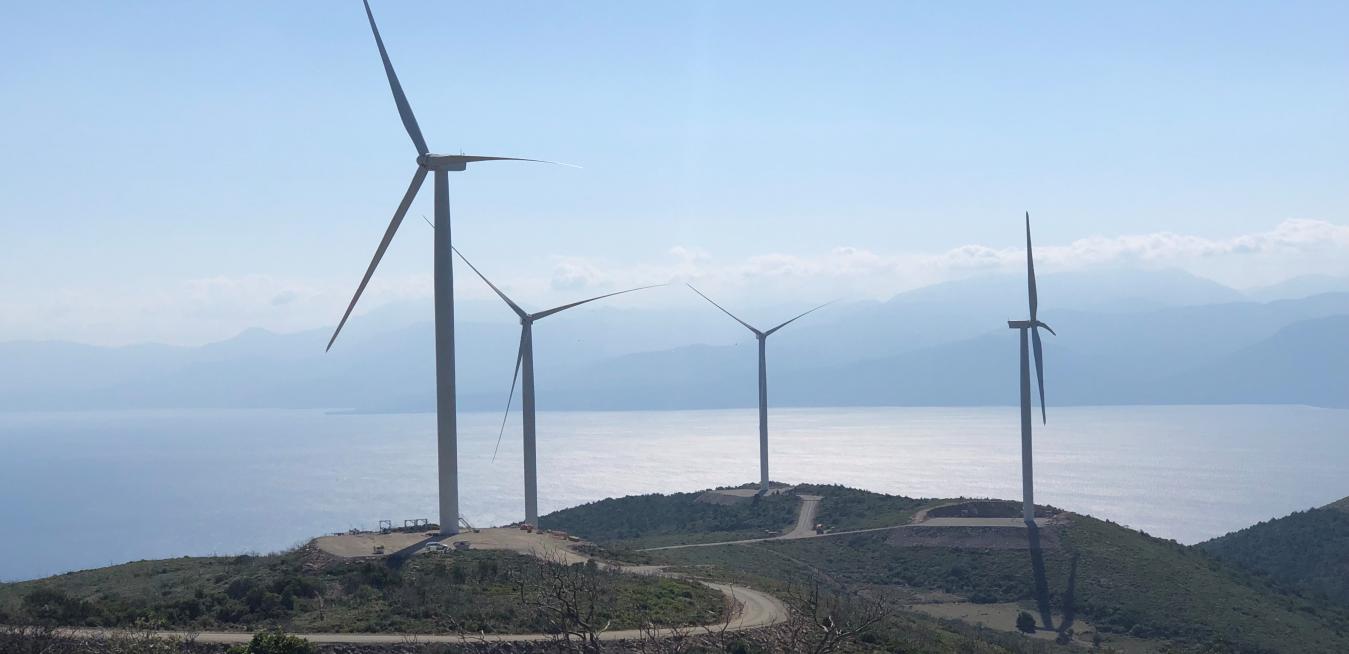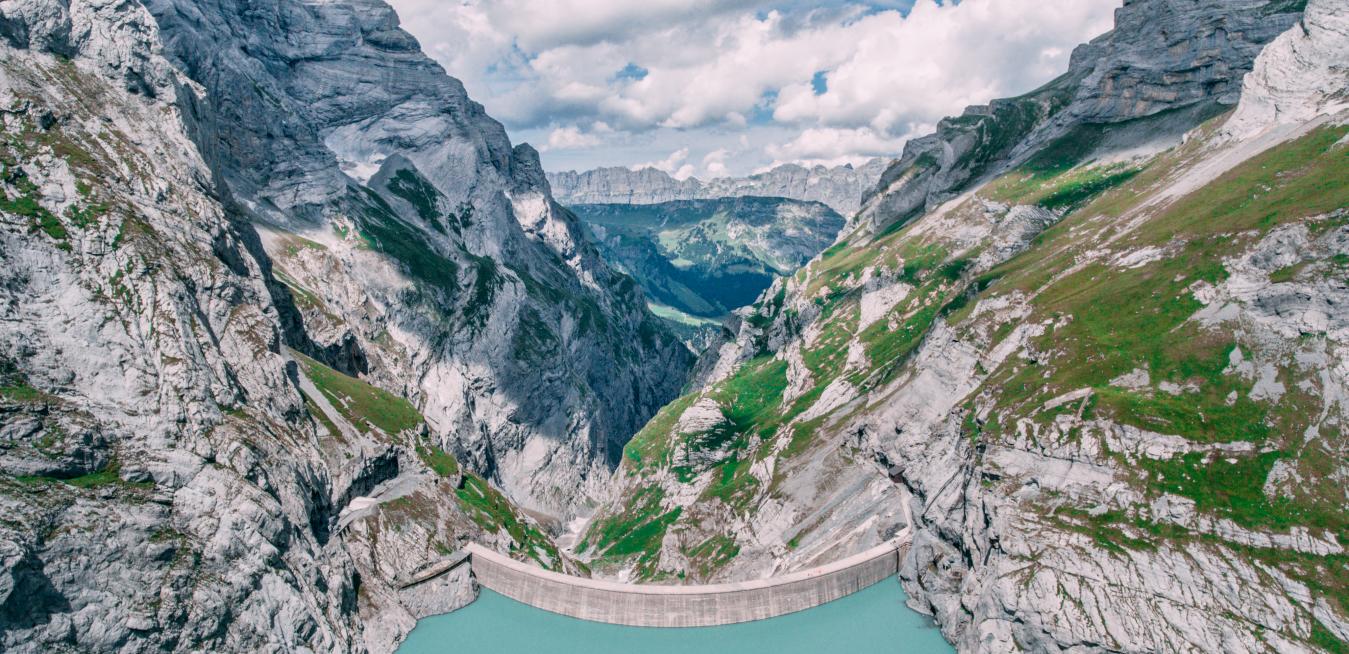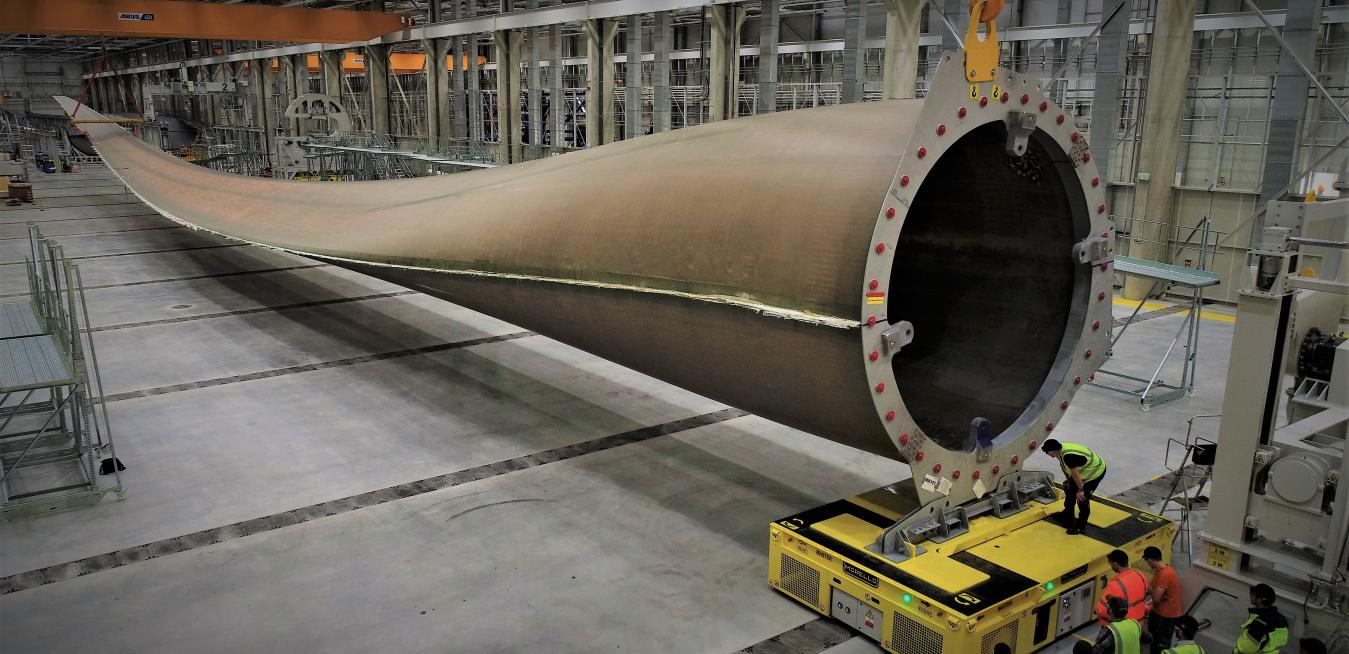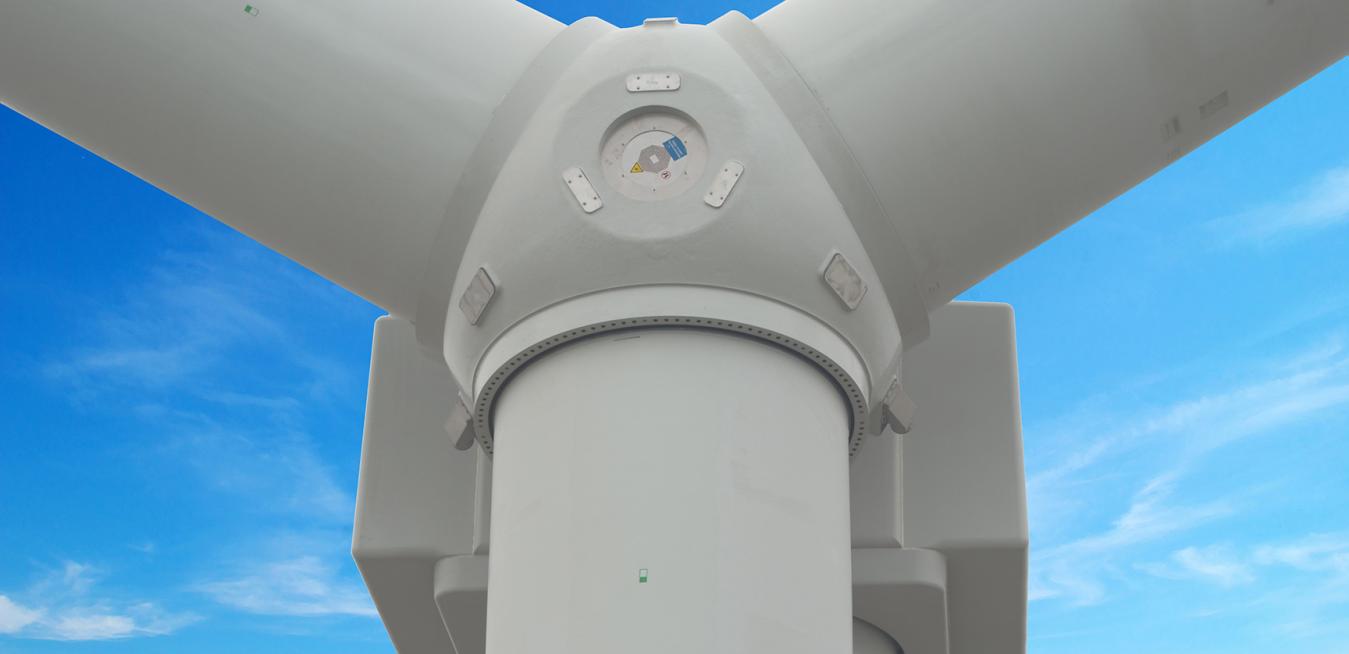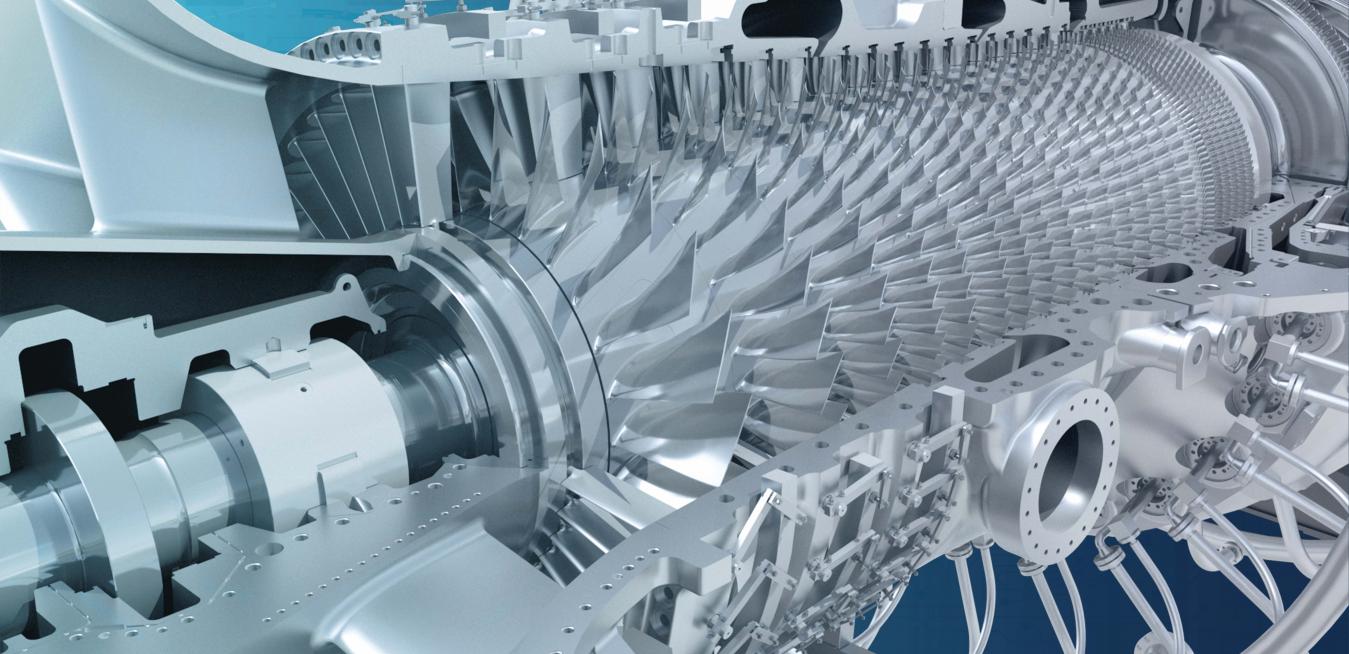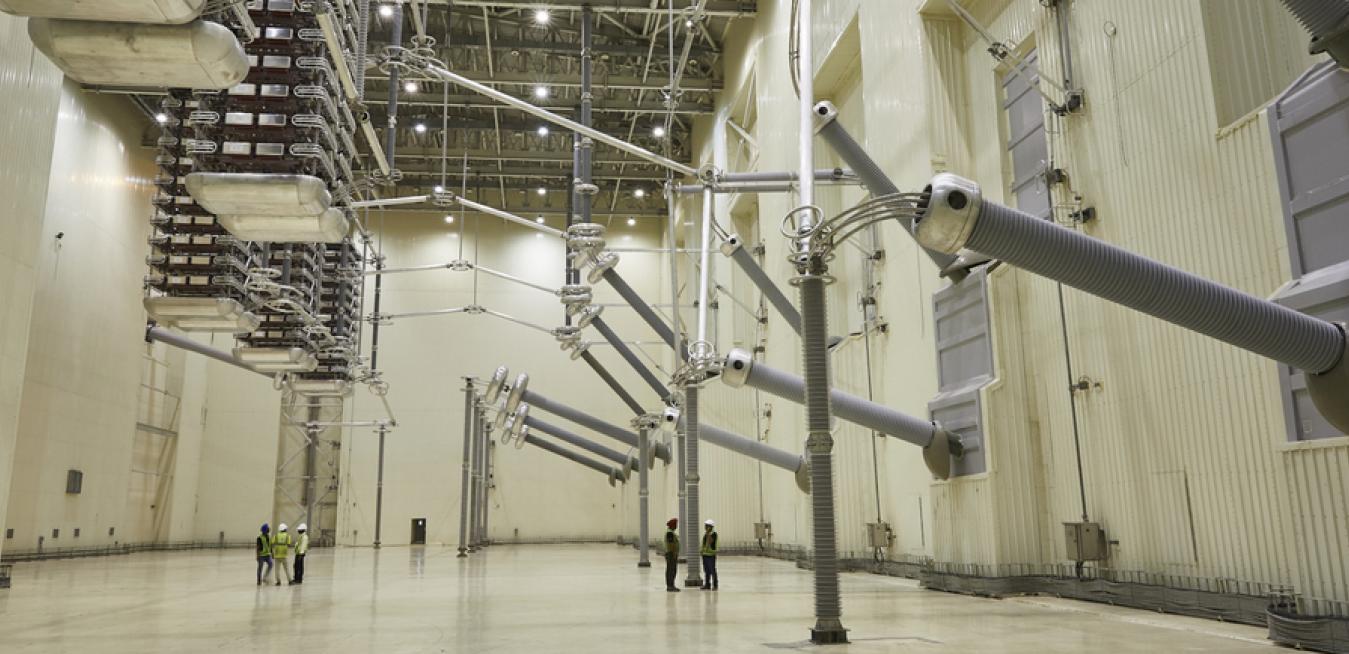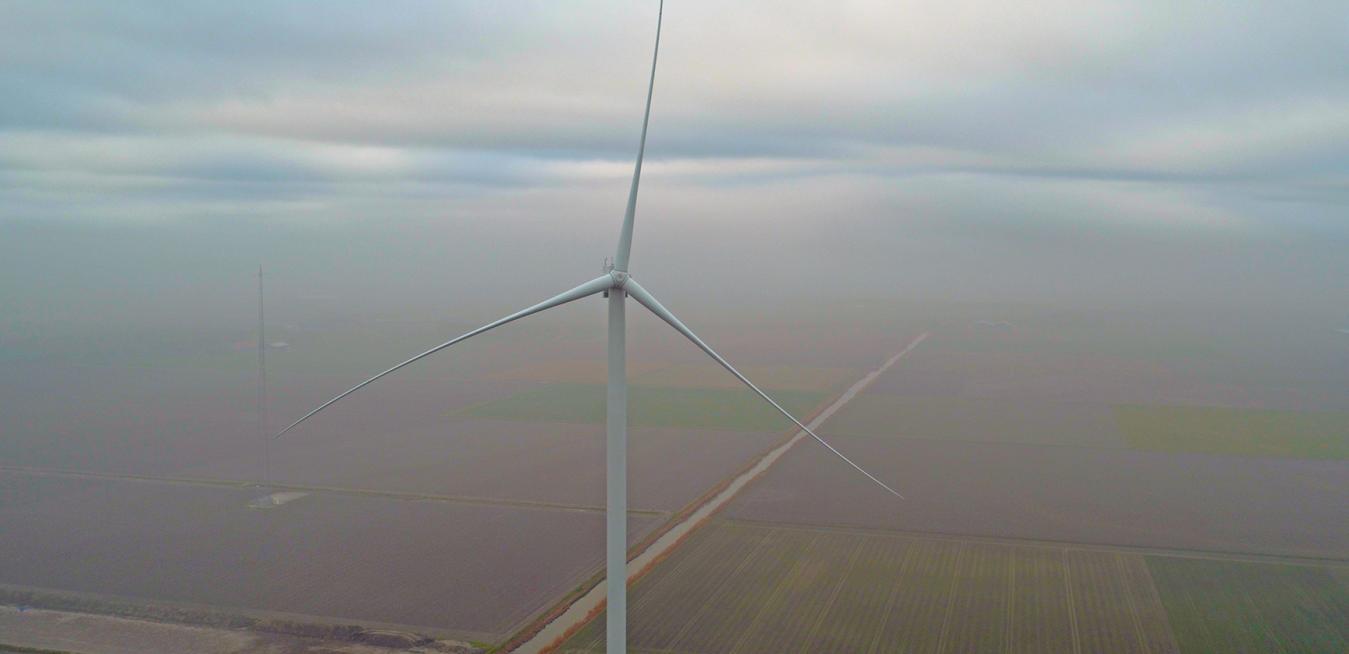Sitting in the shadow of a 10th-century Saxon castle and surrounded by emerald fields flecked with herds of grazing sheep and cattle, the English Midlands town of Stafford feels far removed from the hustle and bustle of Manchester, a cradle of the Industrial Revolution just an hour to the north.
Hydropower plants, like all industrial assets and processes, generate an enormous amount of data, says GE Renewable Energy Chief Technology Officer Danielle Merfeld, who spoke earlier this month in the shadows of the Grande Arche, a giant marble-clad cube that overlooks the business district of La Défense in Paris. “You can transform that data into value by getting the customer’s
The U.S. Department of Energy announced recently that it’s awarding a $1.25 million grant to a project team from GE Research and GE Energy Consulting to dig deeper into the possibilities of hydro storage, a promising technology that might increase the reliability and availability of renewable energy sources like wind and solar.
Water is the foundation of the South American country of Uruguay – literally. The country’s name means either "river of snails" or "river of birds" in Guarani, one of the indigenous languages of the continent. Wedged between Brazil and Argentina, the nation now plans to use the power of water to wave goodbye to electricity from fossil fuels forever.
How long is the world’s largest wind turbine blade? Stretching 107 meters, the blade is longer than a football field and equal to 1.4 times the length of a Boeing 747. Using a different measure, it would take Usain Bolt, the fastest human and a world record holder in the 100-meter dash, close to 10 seconds to race from its root to its tip. It might also represent one of the largest single machine components ever built. Workers just popped the first one from its mold at an LM Wind Power factory in Cherbourg, France.
The growth of renewable power means that the owners of the world’s gas turbines have to accept some Darwinian logic: Adapt or die. The challenge is particularly acute in the U.K., where electricity production from wind, solar and hydropower installations is booming. The total installed capacity of the country’s renewables sector now exceeds that of fossil-fuel-fired generation, or power plants that burn coal, gas and oil.
America’s Great Plains are a windy place. In the 1930s, vast clouds of dust ruined crops and forced thousands to migrate off their farms, inspiring John Steinbeck’s novel “The Grapes of Wrath.” That same persistent and powerful wind is now inspiring a boom in wind turbine farms. Two Texas sites — Roscoe and Horse Hollow — each produce more than 700 megawatts of electrical power, as much as a combined-cycle power plant, and more wind farms are in the offing. But to unlock the wind’s bounty in full, engineers still need to crack a few problems.
"In a quiet corner of Europe, a giant is stirring. A prototype of Cypress, GE Renewable Energy’s largest-ever onshore wind turbine, has just produced its first kilowatts of power in the Dutch coastal municipality of Wieringermeer. It’s now just a matter of time before this colossus brings serious renewable muscle to electricity grids all over the world.






